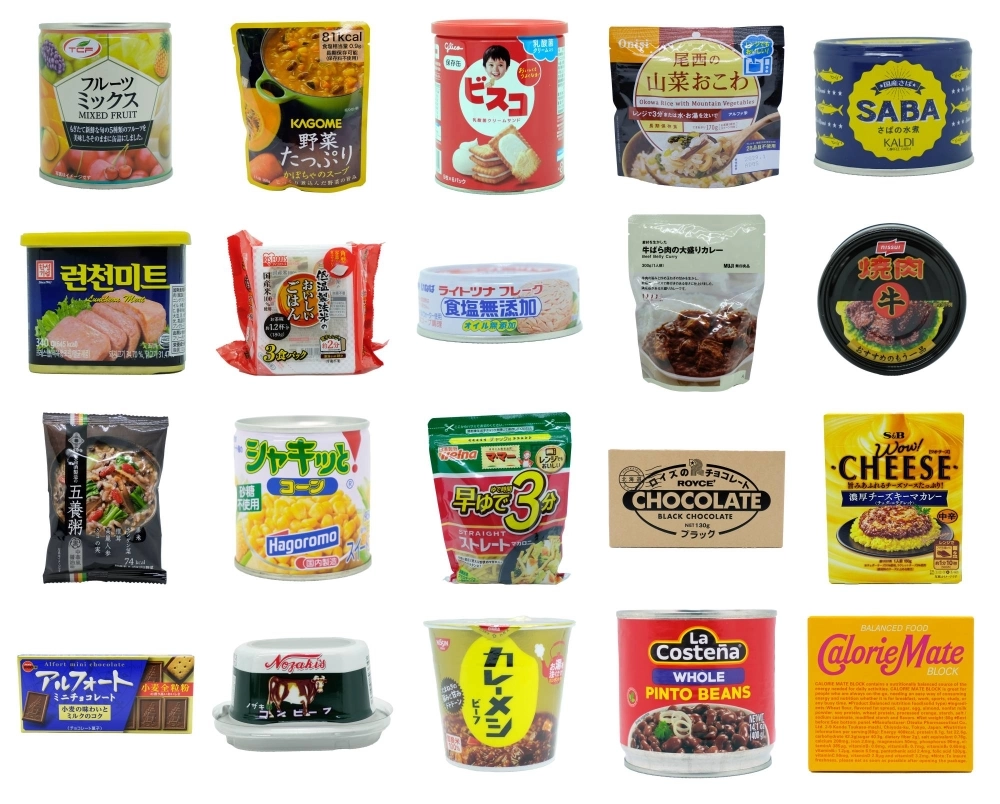Coming from Jamaica, which sits in the path of many hurricanes that pass through the Atlantic, I grew up with emergency food stores in my home. When I moved to Japan, I thought it was interesting that many pantry staples could also double as emergency food in a pinch, and there were countless options available at regular supermarkets and even drug stores.
Recent years have brought talk about the “Big One” — the oft-mentioned and long-delayed rupturing of the Nankai fault that lines the waters south of the Kanto region and the Tokyo metropolis. Specifically, the northern segment of the fault, known as the Sagami trough, stretches up into Sagami Bay — in 1923, a 7.9 magnitude earthquake (on Japan’s shindo scale, it measured a 7, the strongest rating) leveled much of Tokyo and ultimately left more than 100,000 dead.
Considering our location, then, it’s better to be safe than sorry. So, I bought a waterproof backpack and created an emergency kit. I have been fine-tuning it ever since. As the 13th anniversary of the Great East Japan Earthquake approaches, I find myself wondering: How do you say “doomsday prepper” in Japanese?

















With your current subscription plan you can comment on stories. However, before writing your first comment, please create a display name in the Profile section of your subscriber account page.